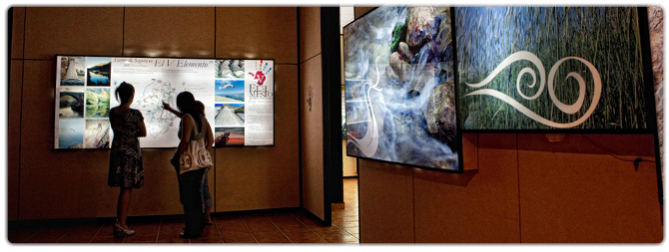El Sequero (Siles)
Singular places
, Siles
Today, the building known as “El Sequero” is one of the Visitor Centres in the Segura mountains and provides visitors with an introduction to the county and its particular characteristics. The centre for Woodland Arts and Trades gives an overview of the various traditional ways in which the residents of these mountains made a living from the forests around them. However, the building itself may awaken visitors' curiosity, as the name “El Sequero” could give rise to a number of questions: what is a “sequero”? Why was a building such as this so important?
At the beginning of the 20th century the mountain ranges that make up the park became very well known thanks to a series of articles published in the press, which were collected and published in 1904 in an influential book called El Panamá de los pinos ("The Panama of the Pines"). The book was a brave denouncement of irregularities in woodcutting activities and the systematic destruction of the forests, and the powerful figures responsible for these misdeeds ended up on trial.
Lumber came to be seen as a valuable commodity, and one whose source needed to be strengthened if it was to be exploited commercially. This gave rise to the major conifer-tree-replanting programmes implemented in these mountains in order to help the forests return to their former size and develop new forests from which lumber could be extracted. The creation of the reservoirs was the principal driver of reforestation, as there was a need to limit the amount of erosion in the reservoir basins. A number of issues arose, such as the clogging of the Isabel II reservoir in Níjar with detritus soon after its inauguration, which led to reforestation becoming an integral part of policies on hydraulic engineering projects in the park.
In the sequero (literally, “dryer”), pine cones were dried so that their seeds could be extracted and stored, for the purposes of later planting them in nurseries. Today, visitors to the building can find out more about this process through an exhibition on one of the three “drying lines” that existed there.




